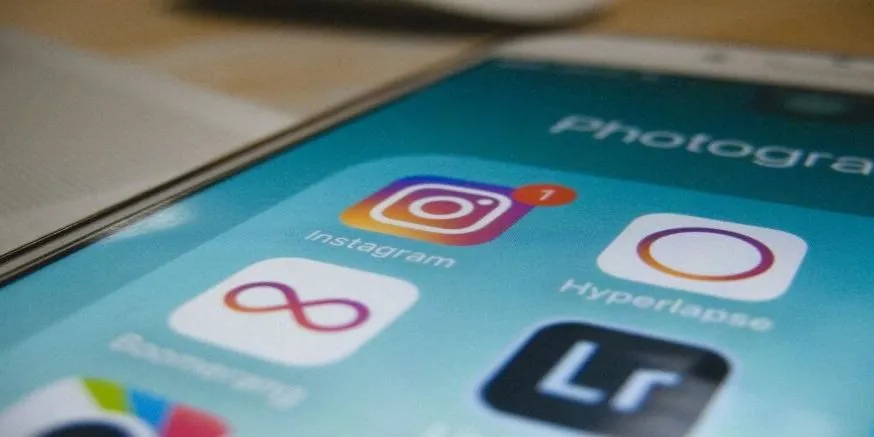It took a couple months, but your company’s brand-new mobile app is finally finished. The developers have designed a beautiful user interface, which has been thoroughly tested and refined. Now you’re excited to get down to business.
But just a few weeks out of the gate, there’s a major problem: You just received an email from your developer, notifying you of a major iOS update that could impact how your app functions. And sure enough, some odd bugs surfaced following the operating system update. Now, you’re tasked with updating the app you just finished building. What’s worse, you spent a lot of time convincing your company’s leaders to approve the initial app development. You had no idea it would require regular, fairly significant updates. You’re confronted with the unpleasant task of informing them that you’ll need to invest more money in the app…or all the money already invested will be wasted.
Needless to say, you’re not looking forward to this meeting.
For companies who are getting an app developed for the first time, it’s easy to underestimate the frequency and financial investment associated with app maintenance and updates. So what’s typical in terms of mobile app maintenance? And how should you budget for the future?
App Maintenance in Response to Operating System Updates
Every time a device’s operating system is updated, the chances are good that you’ll need to update your mobile app in response. In fact, this type of app update can be quite urgent, as an OS update could create major problems with your app’s functionality and interface.
It’s also important to keep an eye on any updates to utilities or apps that your application interface interacts with, as an update on their end can prompt the need for an update on your end to ensure continued compatibility.
It’s wise to anticipate major operating system updates at a frequency of two or three times per year, along with a couple smaller, more minor updates.
App Updates in Response to New Devices and Technology
Whenever innovative technology is released, there is potential for an app update. This may include anything from a new type or generation of device to a new smartphone model and even new technology, like 5G connectivity.
These technological advancements may require a programmer’s magic touch to ensure consistent across-the-board performance. You can plan for at least two or three of these mobile app updates per year.
App Maintenance in Response to User Feedback
No matter how much time and effort you invest into automated app testing, QA testing and closed and open beta testing, you can expect to receive feedback from users on ways to improve your app. There’s always room for improvement, so it’s important to anticipate such feedback, particularly if your app is a B2C app. In this case, long-term success really relies on your ability to appeal to users and fulfill their desires for your app’s evolution.
This underscores the importance of collecting comprehensive user analytics, as a user’s actions often speak far louder than their words. Analytics capture data from actual user habits, giving you the insight you need to make informed decisions on how and where to alter your application’s UI in order to deliver a more positive and engaging user experience.
It’s good practice to plan for major quarterly updates in response to analytics and user feedback. However, it should be noted that some companies may opt for more frequent recommended updates, particularly in cases where you’re taking a phased approach to your app’s development.
How Much Should I Budget for App Maintenance Annually?
On average, you can expect to spend anywhere from 10 to 30 percent of the original development fee on annual maintenance projects. So, if your app came at a cost of $100,000, you would want to budget anywhere from $10,000 to $30,000 to cover long-term maintenance and necessary updates. Overall, you can expect monthly updates, although there may also be periods without major changes, followed by a couple months with several significant alterations.
A number of sources peg the industry average at 20% for annual maintenance and update costs. That would translate into an annual maintenance budget of $20,000 on a $100,000 app. But every app’s requirements are slightly different, so it’s best to speak with your developer about what to expect in terms of recommended mobile app updates. Some apps need frequent updates, while others require only minimal maintenance. You’ll also need to consider whether you opted for a phased implementation of various features, as this increases the long-term cost (since you’ve lowered the initial development cost by foregoing many of the features you plan to ultimately include).
Do You Offer App Maintenance Services?
By understanding what to expect as you go into the app development process, you can be better prepared to avoid the awkward situation of telling your company leaders that you need a significant sum of money to keep your application afloat. It’s best to speak with an experienced developer to learn more about what will be required to keep your mobile app working properly.
7T offers long-term app maintenance services, both for apps we’ve built and for apps created by other developers. We work with native and non-native applications, offering regular service packages for those who require support on a routine basis. We can also assist with one-time improvement projects if the need arises.
In addition to mobile app development and maintenance, our team works with clients in Houston, Dallas, Austin and beyond. We provide app assistance in a range of areas, including analytics, testing, creative UI/UX services and more. Contact us today to learn how we can help you keep your mobile app operating at its peak level.










